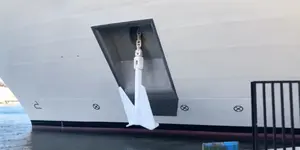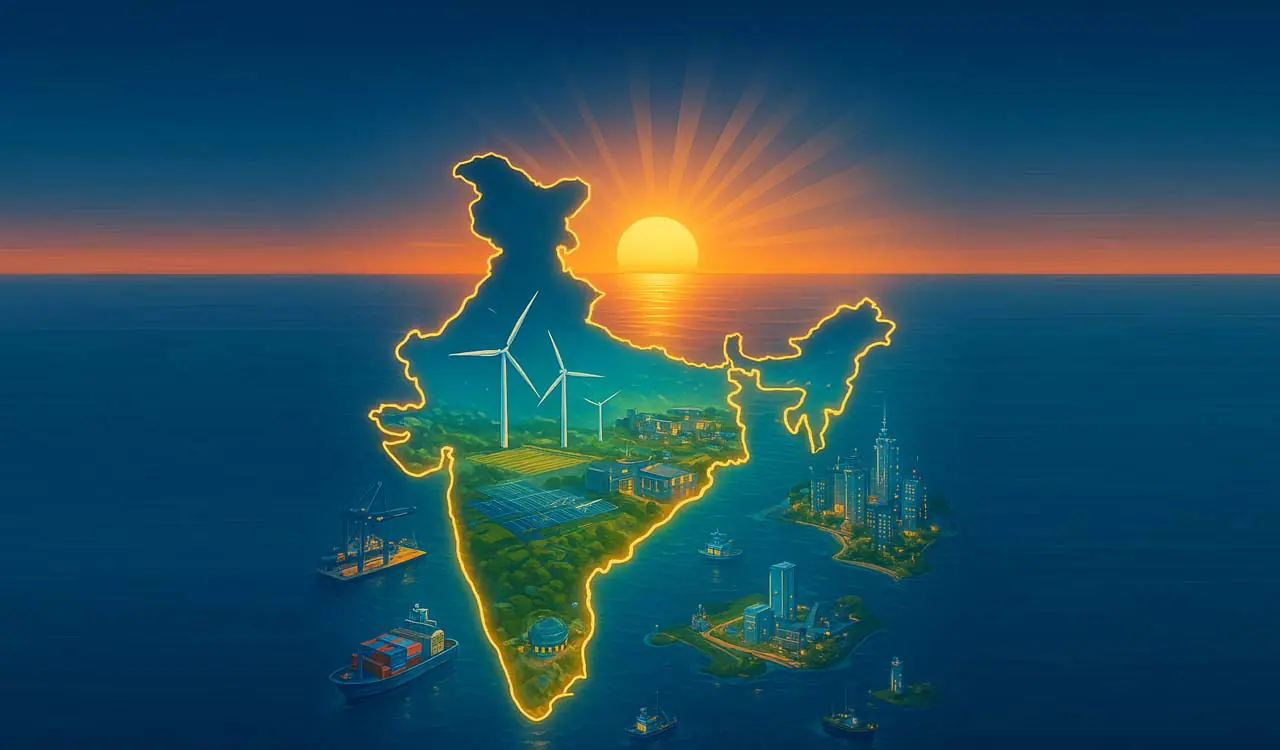The UK is increasingly adorned with offshore wind turbines that are transforming the country’s energy landscape. These large structures contribute significantly to the national electricity supply, and to understand their environmental impact, ocean robots known as gliders are being deployed. These gliders are patrolling the North Sea, specifically near a major wind farm off Scotland’s east coast, gathering extensive data about the surrounding marine environment.
This initiative is part of the PELAgIO project, which stands for Physics-to-Ecosystem Level Assessment of Impacts of Offshore Windfarms. Led by Professor Beth Scott from the University of Aberdeen and funded by the UK’s National Environmental Research Council (NERC), the project aims to understand how wind farms affect marine ecosystems. Researchers like Dr. Charlotte Williams, who is spearheading the fieldwork, are utilizing the gliders to gather crucial observational data. This data, along with sophisticated computer simulations, will help assess the broader impacts of offshore wind farms in a changing climate.
The placement of turbines alters the marine environment, particularly the mixing of water layers that plays a vital role in the marine food chain. Dr. Williams notes that vertical layering in the ocean during warmer months influences phytoplankton growth—tiny plants crucial to the oceanic food web. Any disruption in the mixing due to turbine operations could ultimately affect nutrient availability and light access for these phytoplankton, thereby threatening the entire food chain.
The gliders, measuring about 1.5 to 2 meters in length, are equipped with advanced sensors, allowing for detailed underwater observations that are difficult to achieve otherwise. They are energy-efficient and operate on buoyancy changes, enabling them to travel through various depths down to 1,000 meters for extended periods. Deployed from Arbroath, Scotland, these gliders have been collecting data in the Firth of Forth since April 2023.
Equipped with a range of sensors to assess parameters like oxygen, temperature, salinity, and chlorophyll levels, the gliders make regular trips to the surface to transmit data back to shore and receive new mission instructions. Their extensive monitoring helps create a comprehensive three-dimensional understanding of the marine environment over time, with the ultimate goal of establishing an evidentiary foundation on the ecological footprint of offshore wind farms.
This research not only aims to understand current impacts but also facilitates future decision-making. It may indicate suitable areas for wind farm construction while avoiding ecologically sensitive zones. Additionally, these gliders recently recorded phenomena such as the marine heat wave in UK waters, showcasing their value for real-time environmental monitoring. While the analysis of collected data will take time, the PELAgIO project represents a vital step in evaluating the ecological implications of offshore renewable energy developments.
Source link




